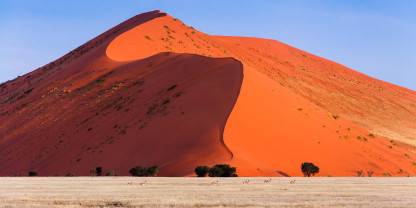Average User Rating
Rating Breakdown
Write a User Review AU
Visited:
September 2017
Reviewed: Oct 18, 2017
AU
Visited:
September 2017
Reviewed: Oct 18, 2017
Email Matt OZW | 65+ years of age | Experience level: over 5 safaris
 AT
Visited:
October 2014
Reviewed: Aug 10, 2017
AT
Visited:
October 2014
Reviewed: Aug 10, 2017
Email Sterna999 | 35-50 years of age | Experience level: 2-5 safaris
 JP
Visited:
April 2017
Reviewed: Jun 11, 2017
JP
Visited:
April 2017
Reviewed: Jun 11, 2017
Email Manami | 50-65 years of age | Experience level: 2-5 safaris
 NL
Visited:
November 2016
Reviewed: Jun 8, 2017
NL
Visited:
November 2016
Reviewed: Jun 8, 2017
Email Maarten Elings | 20-35 years of age | Experience level: over 5 safaris
 NA
Visited:
July 2016
Reviewed: Jun 5, 2017
NA
Visited:
July 2016
Reviewed: Jun 5, 2017
Email DSNam | 50-65 years of age | Experience level: over 5 safaris
 GB
Visited:
September 2016
Reviewed: Jan 8, 2017
GB
Visited:
September 2016
Reviewed: Jan 8, 2017
Email ronmcbride66 | 65+ years of age | Experience level: 2-5 safaris
 GB
Visited:
November 2016
Reviewed: Dec 10, 2016
GB
Visited:
November 2016
Reviewed: Dec 10, 2016
Email Ben | 20-35 years of age | Experience level: first safari




